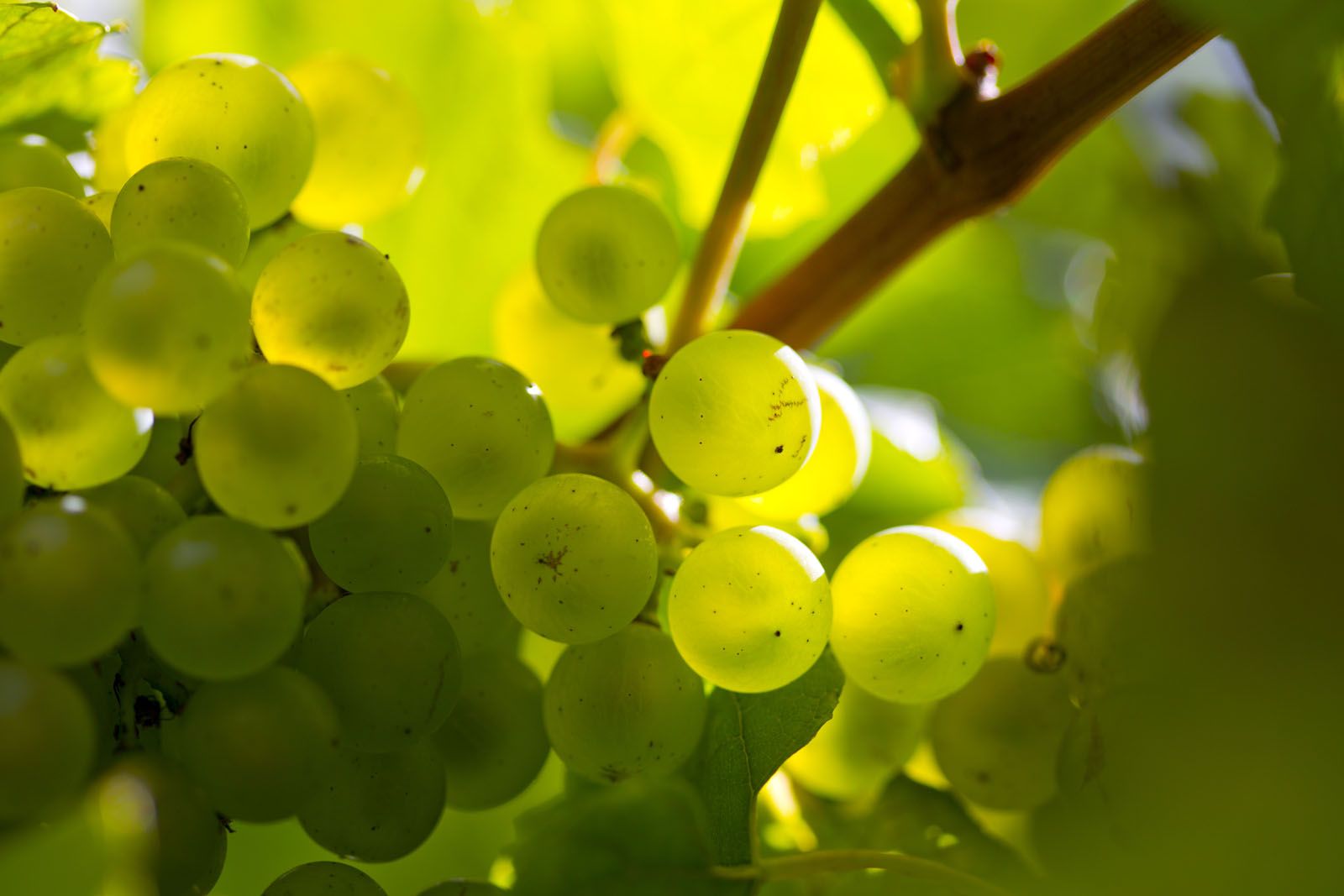For a truly one-of-a-kind celebration, here are some of the rarest bubblies to toast with and to savour
Anyone who has had a taste of the Champagne region’s most recognised wine would be able to rattle off a few of their favourite houses—and more often than not, it’s a familiar label. The true connoisseur, however, will affirm the region’s uniquely broad selection of quality alternatives, many of which are a rarity for all the right reasons. Here, some of Singapore’s top sommeliers and champagne experts give their recommendations and insights into the reasons why the following champagnes are so rare and wonderful. Some are from bigger names and some are growers’ champagne, but their singularity and uniqueness are simply undeniable.”

Nicola Lee, Consul General of The Ordre Des Coteaux De Champagne
Singapore Krug Clos d’Ambonnay (Blanc de Noir)
Champagne is usually a blend of pinot noir, pinot meunier and chardonnay grapes, though champagne houses do produce single varietals. Not so common would be the Blanc de Noir (100 per cent pinot noir or pinot meunier); the volume produced is low, making these champagnes rare. When Krug released its inaugural vintage—the 1995 Clos d’Ambonnay— it caused a stir in the market with a record-breaking price per bottle. The vineyard, at only 0.68 hectares, is reason enough to understand why this bottle of bubbles is rare. Coupled with the Krug label, the hefty price tag is almost self-explanatory. Production ranges from 3,000 to 5,000 bottles, depending on the vintage.
(Related: Champagne Billecart-Salmon Celebrates 200 Years Of Independence)


